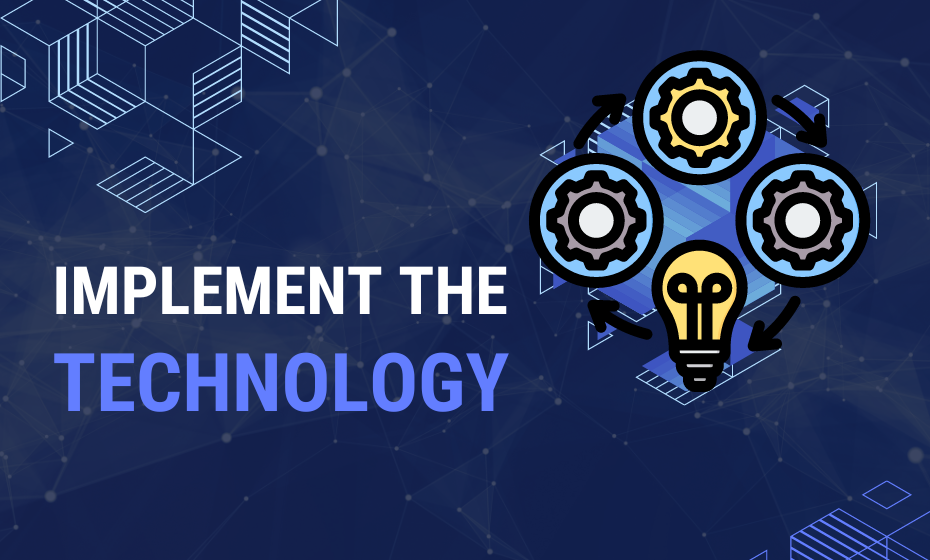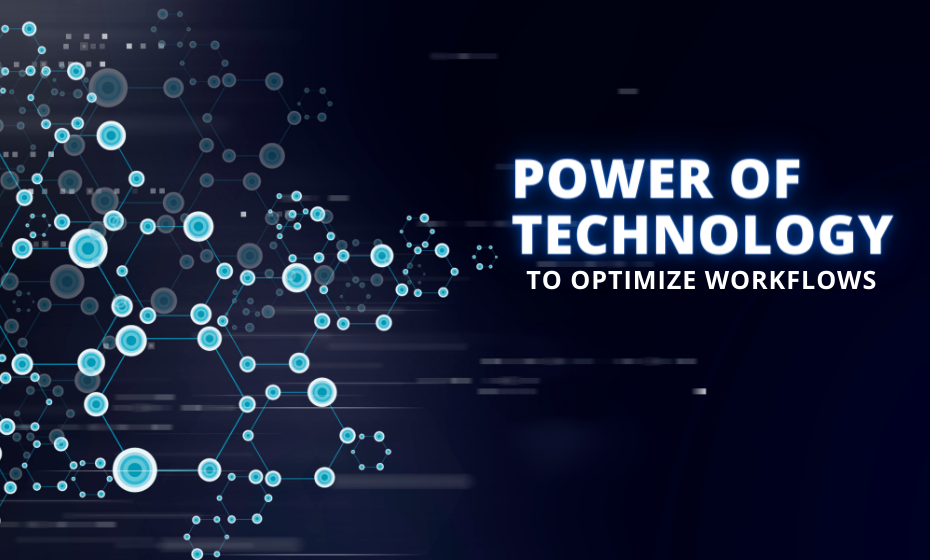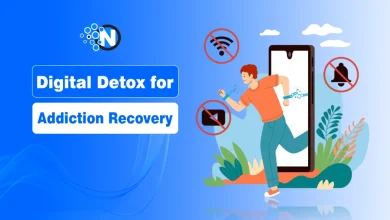How to Harness the Power of Technology to Optimize Workflows
In today’s technology-driven world, workflows have been streamlined, and productivity has been increased. The use of technology can help businesses maximize their efficiency in their workflows. Various methods can accomplish this, including automating processes, leveraging cloud-based storage and collaboration tools, and implementing a project management system.
While cloud-based tools allow data access from anywhere and easy collaboration, automation software can eliminate repetitive tasks and increase accuracy. Software that manages projects allows teams to organize tasks and deadlines, increasing communication and ensuring on-time completion. To maximize efficiency, you should be aware of the potential of utilizing technology.
A significant amount of time can be saved and improved by leveraging technology across various industries and sectors. To get started, follow these steps:
Identify the Workflow
A workflow is a sequence of steps or activities that lead to achieving a particular goal or objective. Each individual or department performs a different task in a workflow. The workflow ensures that each step builds on the previous one and that work is executed consistently and efficiently.
The workflow typically begins with a trigger event, such as a customer request or the receipt of a purchase order. This event initiates the first step in the process, which may involve gathering information, analyzing data, or creating a plan of action. Once the first step is complete, the workflow moves on to the next step, which may involve assigning tasks to specific individuals or teams or coordinating resources and schedules.
Analyze the Workflow
Workflow refers to the steps involved in completing a particular task or project. The workflow analysis involves examining each step in the process and identifying areas of inefficiency, duplication, and potential improvements. A typical workflow includes planning, execution, monitoring, and review. During the planning stage, the goals and objectives of the project are identified, along with the resources required and any potential risks or obstacles.
Execution involves the actual implementation of the project, while monitoring consists in tracking progress and identifying any issues or deviations from the plan. The review stage evaluates the project’s success and identifies improvement areas. Identifying bottlenecks or areas where the process can be streamlined to improve efficiency by analyzing the workflow is possible.
Research Technology Solutions
Technology solutions are continually evolving to improve research processes and outcomes. One of the most significant advancements is cloud computing, which allows researchers to access and share data and resources from anywhere, streamlining collaboration and increasing efficiency. Another valuable technology is artificial intelligence (AI), which can analyze vast amounts of data to identify patterns and insights that may not be visible to human researchers.
Big data technologies, such as data mining and machine learning, are helping researchers process and interpret large datasets more quickly and accurately. Emerging technologies like blockchain are being explored for their potential to improve the transparency, security, and integrity of research data and results.
Implement the Technology

Implementing technology solutions requires careful planning and execution to ensure successful integration into the research workflow. The first step is identifying the technology that best suits the research goals and needs. Once selected, the technology must be installed and configured correctly to ensure it works seamlessly with existing systems and tools.
The next step is to train researchers and staff on using the technology effectively. Ongoing support and maintenance are also necessary to address issues and ensure the technology remains current and secure. Finally, regular evaluations and assessments should be conducted to measure the technology’s effectiveness and identify opportunities for further improvement.
Monitor and Adjust
After implementing technology solutions, monitoring and adjusting them continuously is essential to ensure they meet their intended goals and contribute to the research process. Regular monitoring can help identify issues or inefficiencies that may have gone unnoticed initially, allowing for timely corrective action. Key performance indicators (KPIs) should be established to measure the effectiveness of the technology, and data should be collected regularly to track progress.
Based on the results, adjustments can be made to improve the technology’s performance or address any issues. Regular feedback from researchers and staff should also be sought to identify areas for improvement and ensure that the technology meets their needs.
Continuously Improve
Continuous improvement ensures that technology solutions remain relevant and effective in the rapidly evolving research landscape. It involves regularly evaluating the technology’s performance, identifying areas for improvement, and implementing changes to enhance its capabilities. This process can be facilitated by soliciting feedback from researchers and staff, conducting surveys or focus groups, and regularly reviewing performance metrics.
Additionally, staying abreast of emerging technologies and trends can help identify opportunities for innovation and improvement. Collaborating with other researchers and institutions can also provide valuable insights and feedback. By continuously improving technology solutions, research organizations can stay competitive and ensure their technology remains aligned with their research goals and needs.
Reduce Costs
Reducing costs is essential for businesses to remain competitive and profitable. Here are some tips for reducing costs:
Conduct a cost analysis: Identify areas where costs can be reduced without sacrificing quality.
Use technology: Invest in software and equipment that can automate and streamline processes, reducing the need for manual labor.
Negotiate with suppliers: Shop for the best prices and negotiate contracts with suppliers.
Implement energy-efficient practices: Reduce energy consumption by turning off lights and equipment when not in use and upgrading to energy-efficient appliances.
Outsource non-core activities: Consider outsourcing non-core activities to reduce labor costs.
Implement flexible work arrangements: Consider implementing flexible work arrangements, such as telecommuting, to reduce office space and utility costs.
Conclusion
To optimize workflows, it is highly beneficial to harness the power of technology. Using technology, businesses can increase efficiency, minimize errors, and streamline their processes. Evaluating your organization’s needs is crucial to choosing the right tools to achieve your goals. You should train and support your employees properly for the technology’s full potential.
Regularly monitoring and assessing the effectiveness of technology use is also important to ensure workflow optimization. Technology can significantly enhance workflows, improving productivity, cost savings, and better business outcomes.





